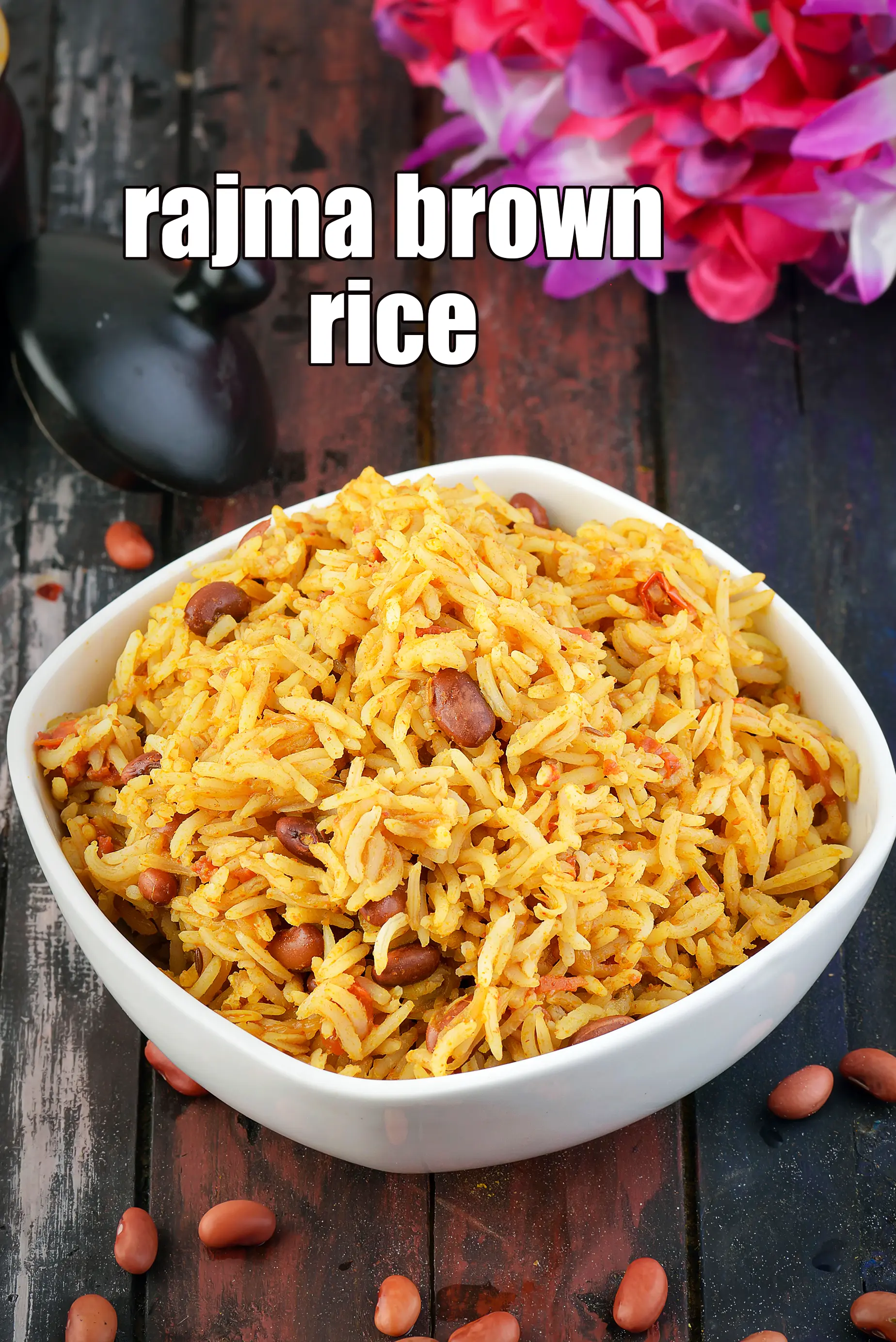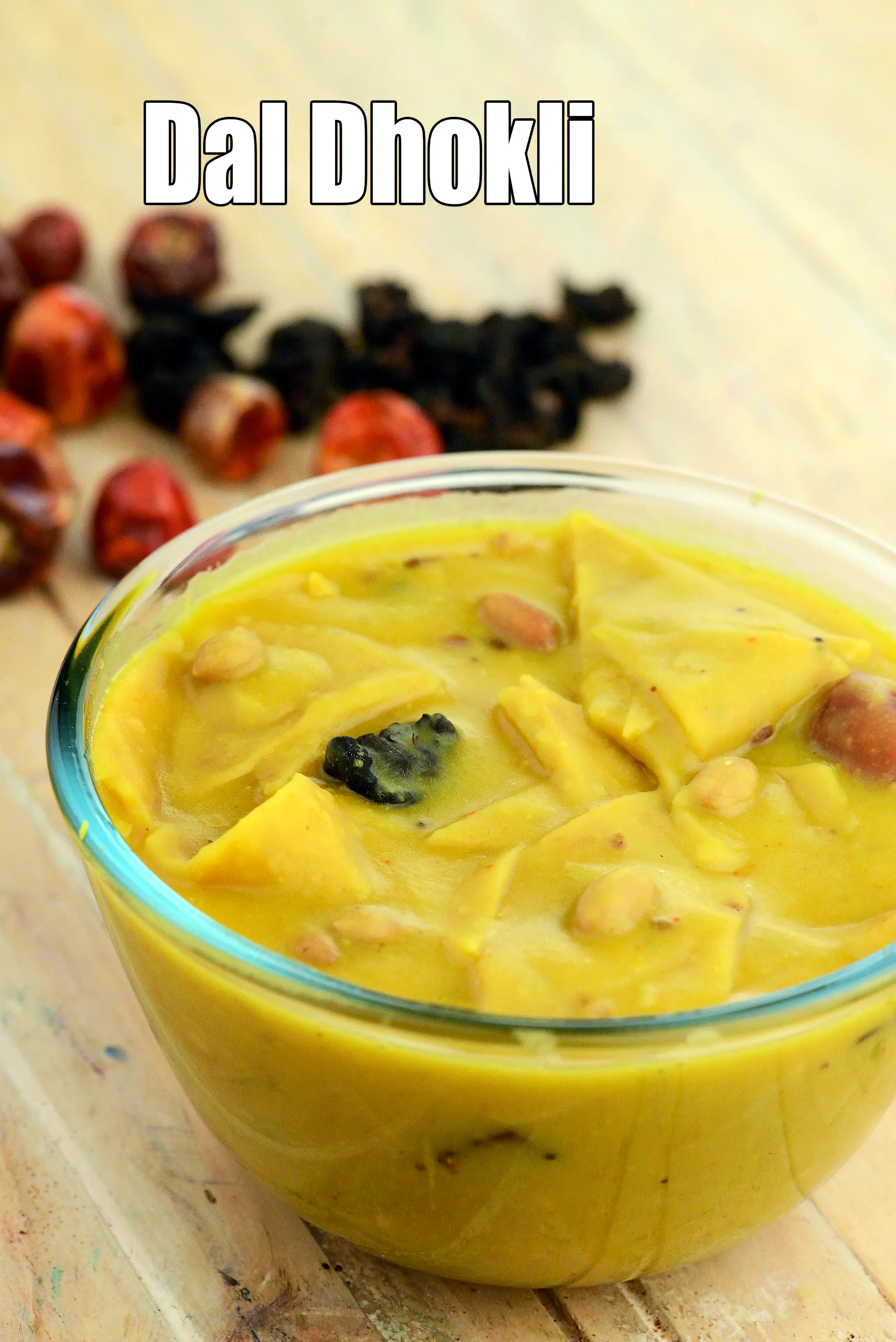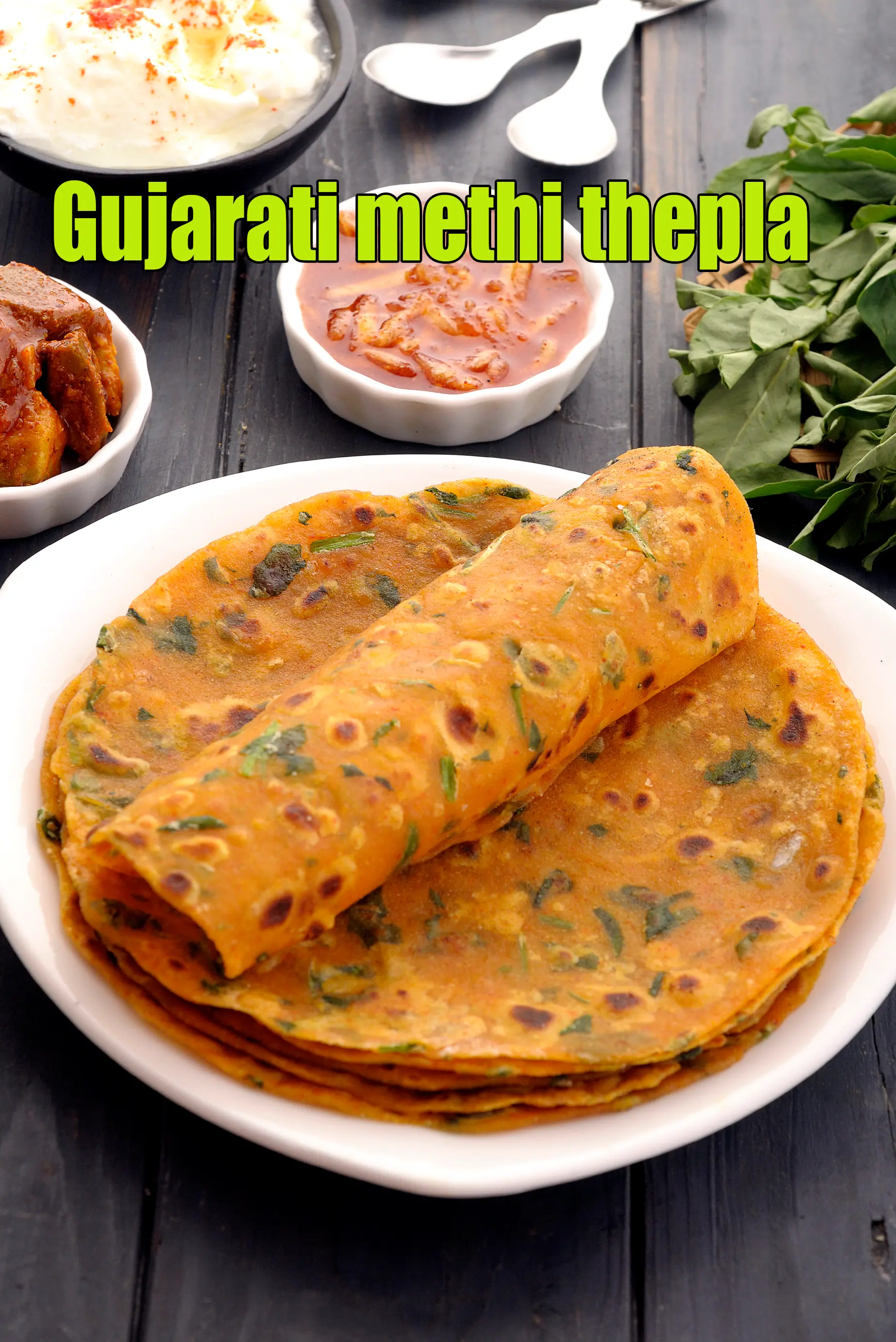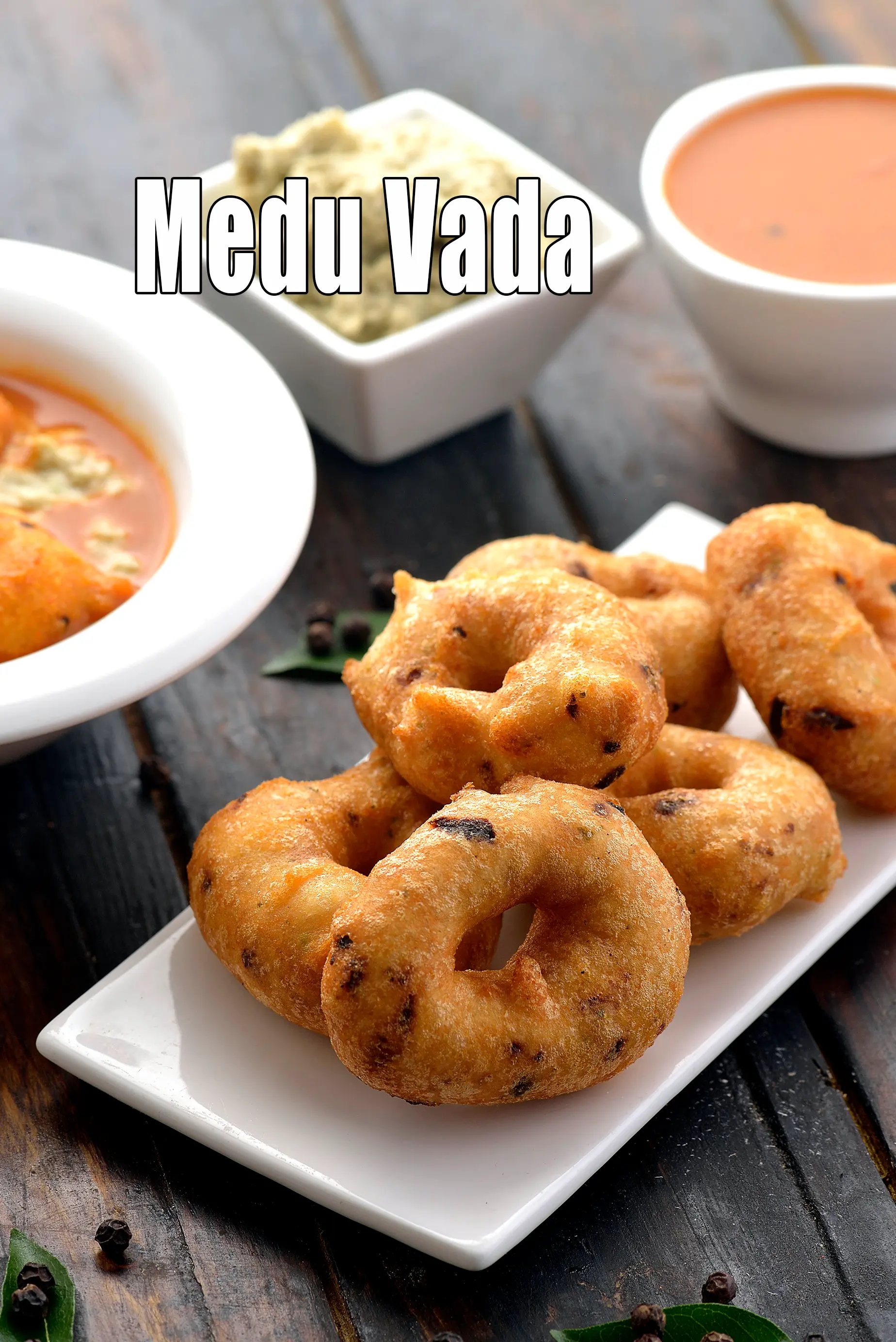Nutritional Facts of Rajma Brown Rice, Low Salt Recipe, Calories in Rajma Brown Rice, Low Salt Recipe
This calorie page has been viewed 6668 times
Cooking Basics
Healthy Indian Recipes
Healthy Indian Recipes
Table of Content
How many calories does one serving of Rajma Brown Rice have?
One serving of Rajma Brown Rice gives 165 calories. Out of which carbohydrates comprise 122 calories, proteins account for 20 calories and remaining calories come from fat which is 20 calories. One serving of Rajma Brown Rice provides about 8.2 percent of the total daily calorie requirement of a standard adult diet of 2,000 calories.
Rajma Brown Rice recipe serves 6.
165 calories for 1 serving of Rajma Brown Rice, Low Salt Recipe, Cholesterol 0 mg, Carbohydrates 30.7g, Protein 5.2g, Fat 2.3g. Find how much fibre, iron, calcium, zinc, magnesium, phosphorus, sodium, potassium, folic acid is present in Rajma Brown Rice, Low Salt Recipe.
See rajma brown rice recipe | low salt rajma chawal | healthy rajma pulao | instant one pot Indian rajma brown rice |
rajma brown rice recipe | low salt rajma chawal | healthy rajma pulao | instant one pot Indian rajma brown rice is a slightly healthy variation of traditional rajma chawal. Learn how to make low salt rajma chawal.
To make rajma brown rice, soak the rajma in enough water in a deep bowl for 8 hours. Drain well and keep aside. Heat the oil in a pressure cooker and add the cumin seeds and asafoetida and sauté on a medium flame for a few seconds. Add the onions and ginger-garlic paste and sauté on a medium flame for 2 to 3 minutes. Add the tomatoes, turmeric powder, chilli powder, coriander-cumin seeds powder and salt, mix well and cook on a medium flame for 1 to 2 minutes, while stirring occasionally. Add the rajma and 1 cup of water, mix well and pressure cook for 4 whistles. Allow the steam to escape before opening the lid. Add the cooked brown rice, mix gently and cook on a medium flame for 2 minutes, while stirring occasionally. Serve immediately.
This instant one pot Indian rajma brown rice is also quite easy to make. Cook the brown rice and keep it aside. Pressure cook the rajma with the masalas, and add the brown rice to it. Voila, a sumptuous and tasty meal is ready to relish. You can also try other low-salt recipes like One Meal Soup or Bulgur Wheat Pongal.
Rajma Chawal is one of the most famous rice preparations in North India, specially the Delhi region. It is a convenient option to carry in lunch boxes too, as it is satiating and flavour-packed. Here is a healthy rajma pulao, a wholesome version of this North Indian rice delicacy made using brown rice and with lower salt content, to make it suitable for those with high blood pressure.
Is Rajma Brown Rice healthy ?
Yes. But condtions apply.
Let's understand the Ingredients.
Brown Rice : The glycemic indiex of brown rice is lower than white rice Therefore, brown rice is good for people with diabetes if consumed in limited quantities. Being a good source of fibre that reduces high cholesterol levels and prevents atherosclerosis and good for your heart. It can be opted by people on weight loss occasionally in very small quantities along with some vegetables. It is rich in thiamine and niacin, which are involved in energy metabolism reactions. See article is brown rice good for you?
Rajma : One cup of cooked kidney beans has 26.2% of your daily Magnesium requirements. Rajma is a complex carb and rich in Fibre which helps in Lowering Cholesterol levels. Rajma is rich in Potassium which is critical for those with High Blood Pressure as it lessens the impact of sodium. Eating rajma is good for diabetics due to being a fiber rich food. See here for 10 health benefits of rajma and why you should eat it.
Coconut Oil : Use coconut oil instead of processed seed oils like soyabean oil, canola, sunflower oil, corn oil and other omega-6 rich oils should be used in very low amounts. Coconut oil is a medium chain triglycerides (MCT’s). Unlike other fats, they go directly from the gut to the liver. From here, they are then used as a source of energy. As the calories in MCT’s are used straight away, they are less likely to be stored as fats in the body. MCT's have shown to improve your brain and memory function, they also give a boost to your energy levels and improve your endurance. The MCT in Coconut oil reduces the LDL cholesterol (bad cholesterol) while increasing the count of HDL cholesterol, maintaining normal blood pressure and good for diabetics. See detailed benefits of coconut oil.
Onions (pyaz, kanda) : Raw onions are a very valuable source of vitamin C – the immune building vitamin. Along with other phytonutrients from onions, it helps to build WBC (white blood cells) which serves as a line of defence against illness. Yes, it’s a source of many antioxidants, the most important one amongst them being Quercetin. The quercetin in Onions promotes production of HDL (good cholesterol) and lowers total cholesterol in the body. The sulphur in onions act as a blood thinner and prevents blood clotting too. This in turn would lower blood pressure and good for heart, diabetics. Read the benefits of onions.
Can Diabetics, Heart Patients and overweight individuals can have this Rajma Brown Rice?
Yes.
Here's why:
- Rich in Fiber: Rajma (kidney beans) are high in fiber, which helps regulate blood sugar levels and promotes healthy digestion. Fiber can also help you feel fuller for longer, reducing the risk of overeating.
- Good Source of Protein: Rajma is a great source of plant-based protein, which helps maintain muscle mass and satiety.
- Low in Cholesterol: Rajma is naturally low in cholesterol, making it a heart-healthy choice.
However, there are a few things to keep in mind:
- Portion Control: It's important to control portion sizes to avoid overeating. A balanced meal with a moderate amount of rajma and brown rice can be a healthy option.
- Cooking Method: Avoid deep-frying the rice and rajma. Instead, opt for healthier cooking methods like boiling, steaming, or baking.
- Accompaniments: Pair rajma chawal with low-fat yogurt or a green salad to add more nutrients and fiber to your meal.
By following these tips, you can enjoy Rajma Chawal as part of a balanced diet, even if you have diabetes, heart disease, or are overweight.
| Energy | 165 cal |
| Protein | 5.2 g |
| Carbohydrates | 30.7 g |
| Fiber | 1.8 g |
| Fat | 2.3 g |
| Cholesterol | 0 mg |
| Vitamin A | 58 mcg |
| Vitamin B1 | 0.2 mg |
| Vitamin B2 | 0 mg |
| Vitamin B3 | 1.4 mg |
| Vitamin C | 4.2 mg |
| Folic Acid | 59.2 mcg |
| Calcium | 50.7 mg |
| Iron | 1.3 mg |
| Magnesium | 66.7 mg |
| Phosphorus | 132.9 mg |
| Sodium | 67.9 mg |
| Potassium | 278.8 mg |
| Zinc | 1.2 mg |

Click here to view Rajma Brown Rice, Low Salt Recipe
Calories in other related recipes












